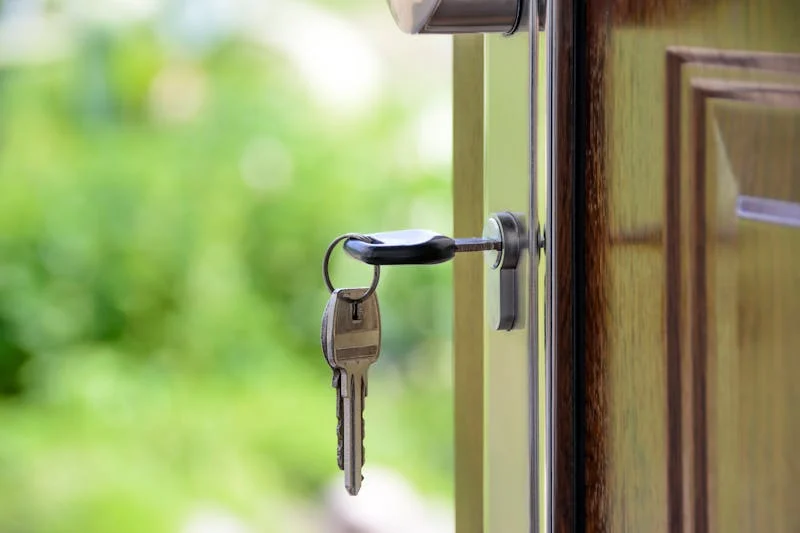Può accadere che dopo aver acquistato un immobile usufruendo dell’agevolazione “prima casa” si acquisti un altro bene qualificabile come pertinenza del primo; in tal caso è sorto il problema di applicare anche a tale ultimo acquisto la menzionata agevolazione.
In particolare, l’Agenzia delle Entrate (Circolare del 01/03/2001 n. 19) ha chiarito che l’agevolazione “prima casa” è applicabile nel caso di bene acquistato con atto separato che costituisca pertinenza di una casa di abitazione ceduta da un’impresa costruttrice senza applicazione della specifica aliquota IVA ridotta prevista per la c.d. “prima casa”, prima del 22 maggio 1993; a partire da tale data, infatti, è stata soppressa l’applicazione dell’aliquota del 4% prevista per tutte le cessioni di abitazioni effettuate da costruttori ed è stata limitata l’applicazione di tale aliquota alle sole ipotesi di acquisto della c.d. “prima casa”.
È stato chiarito, dunque, che al ricorrere dei suddetti presupposti si possono concedere le agevolazioni “prima casa” alla cessione del bene pertinenziale purché il proprietario dell’abitazione dimostri che al momento in cui ha acquistato l’immobile abitativo era nella situazione richiesta per usufruire della particolare agevolazione “prima casa”.
Gli uffici finanziari possono chiedere prova dell’esistenza di tale condizione che deve risultare inequivocabilmente dall’atto di acquisto della pertinenza.
Per pertinenza, in ogni caso, deve intendersi un bene immobile funzionalmente collegato all’abitazione principale al fine di migliorare l’utilizzo di quest’ultima. A fini esemplificativi, possono considerarsi pertinenze: un garage o posto auto, una cantina, una dependance, un giardino, ecc.
Per quanto riguarda le categorie catastali, le pertinenze dell’abitazione principale sono gli immobili che appartengono alle seguenti categorie:
– categoria C/2: magazzini, locali di deposito, cantine, soffitte e solai;
– categoria C/6: stalle, scuderie, rimesse, posti auto e autorimesse (non destinati ad attività lucrativa);
– categoria C/7: tettoie, sia chiuse che aperte.
La conclusione cui è giunta l’Agenzia delle Entrate risulta equa e opportuna in quanto il riconoscimento del beneficio fiscale nel caso sopra riportato risponde alle stesse ragioni di equità sostanziale che hanno portato a ritenere che spetti il credito d’imposta c.d. “prima casa” nel caso in cui l’immobile alienato sia stato acquistato presso un’impresa costruttrice senza applicazione della specifica agevolazione “prima casa”.
DISCLAIMER
Gentile utente,
gli articoli e i contenuti del sito illustrano sinteticamente tematiche giuridiche, economiche e fiscali. Le informazioni contenute nel sito hanno solo carattere esemplificativo, informativo e non hanno carattere esaustivo, né possono essere intese come espressione di un parere legale. Nessuna responsabilità derivante da un utilizzo improprio dei contenuti del sito, da eventuali modifiche intervenute nella normativa o da possibili imprecisioni, potrà essere pertanto imputata al Notaio Edoardo Del Monte o agli estensori delle pubblicazioni medesime.
First home and appurtenant property concession purchased with separate deed
It may happen that after purchasing a property by taking advantage of the “first home” relief, another property is purchased that can be classified as an appurtenance of the first; in this case, the problem arose of applying the aforementioned relief to this last purchase as well.
In particular, the Revenue Agency (Circular of 01/03/2001 n. 19) clarified that the “first home” relief is applicable in the case of a property purchased with a separate deed that constitutes an appurtenance of a residential home sold by a construction company without applying the specific reduced VAT rate provided for the so-called “first home”, before 22 May 1993; starting from that date, in fact, the application of the 4% rate provided for all sales of homes carried out by builders was abolished and the application of this rate was limited to the sole cases of purchase of the so-called “first home”.
It has been clarified, therefore, that if the above conditions are met, the “first home” benefits can be granted to the transfer of the appurtenant property provided that the owner of the home demonstrates that at the time he purchased the residential property he was in the situation required to benefit from the particular “first home” benefit.
The financial offices can request proof of the existence of this condition, which must be unequivocally evident from the deed of purchase of the appurtenant property.
A “appurtenant” must in any case be understood as a property functionally connected to the main residence in order to improve the use of the latter. For example, the following can be considered appurtenances: a garage or parking space, a cellar, an outbuilding, a garden, etc.
With regard to the cadastral categories, the appurtenances of the main residence are the properties that belong to the following categories:
– category C/2: warehouses, storage rooms, cellars, attics and attics;
– category C/6: stables, mews, garages, parking spaces and garages (not intended for profit-making activities);
– category C/7: sheds, both closed and open.
The conclusion reached by the Revenue Agency is fair and appropriate since the recognition of the tax benefit in the case reported above responds to the same reasons of substantial fairness that led to the belief that the so-called “first home” tax credit is due in the event that the sold property was purchased from a construction company without applying the specific “first home” relief.
DISCLAIMER
Dear user,
the articles and contents of the site briefly illustrate legal, economic and tax issues. The information contained in the site is for illustrative and informative purposes only and is not exhaustive, nor can it be understood as the expression of a legal opinion. No responsibility deriving from improper use of the contents of the site, from any changes in the legislation or from possible inaccuracies, can therefore be attributed to Notary Edoardo Del Monte or to the authors of the publications themselves.


